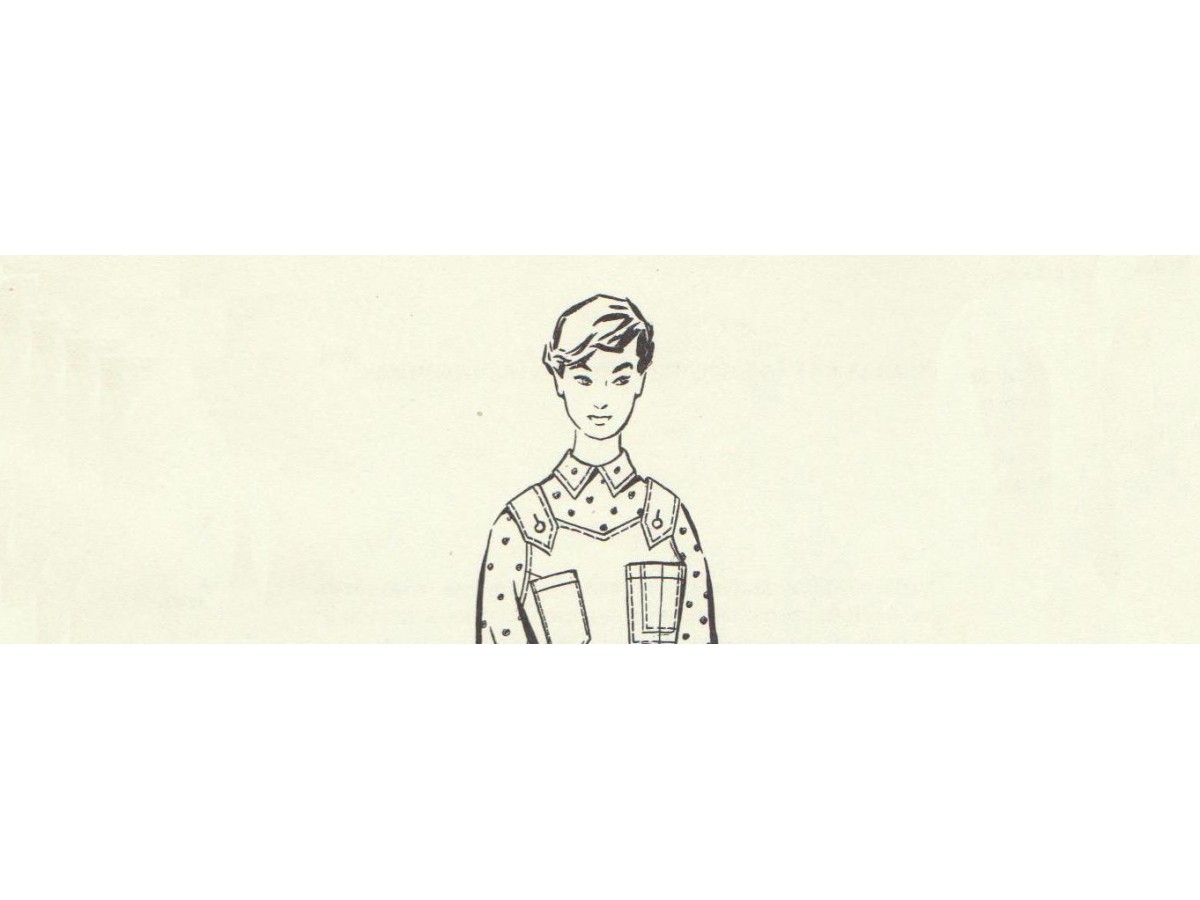0 ₸
Checkout
How to dress professionals 60-70 years ago, we can judge from the films and photos of our relatives, although there was not much variety in the uniform of the past.
Doctors, cooks, janitors, like everything. (We do not consider the militia and the military.)
So it seemed to me, while in hands the catalog of specialized clothes of 1958 has not got.
He was called the Album of special and working clothes of the 1958 All-Union House of Clothes Models. Laconic, strict, without special paints and accessories leaves an impression quite comfortable and warm for the cold season. The album, apart from the models of clothes, gave a lot of information about those who worked in this or that position. For example, in the janitors, mostly women worked, as "A set of warm clothes for women janitors" speaks about the predominant employment of women for this common profession. If you look at the janitor's clothes set, you can see the outlines of a modern down jacket for a women's cotton jacket, which the wipers took from the military. by the way jacket is the best jacket for professionals, and for the military of that time.
Another fashionable windbreaker from the 50's. It used to be called "Sjudvestka" for the crew, such professions, we did not hear. Bathrobes of various colors, shapes, length were worn by almost all professionals - from the doctor to the locksmith. And it was called "Men's robe for men working in trade enterprises, hairdressing salons, laundry baths, and other similar works.
The robe and remained the property of doctors and warehouse managers. But they can also be looked at with interest through, a cut of times, sewed them in a different way, the ties were behind, and in front, no buttons or fasteners were recommended, only fabric ties that guaranteed safety during work, for example, a doctor or a cook.
Even from the dust "A man's robe for protecting the worker from various industrial pollution, mainly from dust (metal, textile, wood, flour and sugar) The name itself speaks for itself-people of what professions were dressed in a robe (locksmiths, textile workers, furniture makers, employees of the food industry, cooks and so on.
The word "general purpose" is found quite often in the description of the catalog of the 50's.
Ie did not share the uniform for the profession.
Although some models are still relevant and look pretty elegant and modern.
The apron is very comfortable for the housewife, considering the trends of modern fashion, taking some details of clothes from the past, I think any housewife would have dressed this dressing gown with pleasure. "The second set, a dressing gown with a horseman's blouse (hawkers called girls sellers who sold ice cream or sparkling water from small tables called trays) is actual and now, the buttons on the side are comfortable and look original and unusual.
Apron-gown is very similar to a denim apron with a double stitching along the seam.
The list of fabrics from which the overalls of the past were made - a tent, canvas, asbestos cloth, rep, moleskin, chlorine - is developed by the research institute of the woolen industry) satin, tights and so on.
All the clothes of the past passed many stages of modernization and alteration, fashionable fasteners, belts, hats, cloth shoes came into use. Life changes, and clothes naturally, even those that seemingly can not change for many decades, professionals are modern people who want to be fashionable even in uniform at their workplaces, and the connection of generations and our clothes is inseparable and exists in every our fashionable image - our past is reflected in us, today.